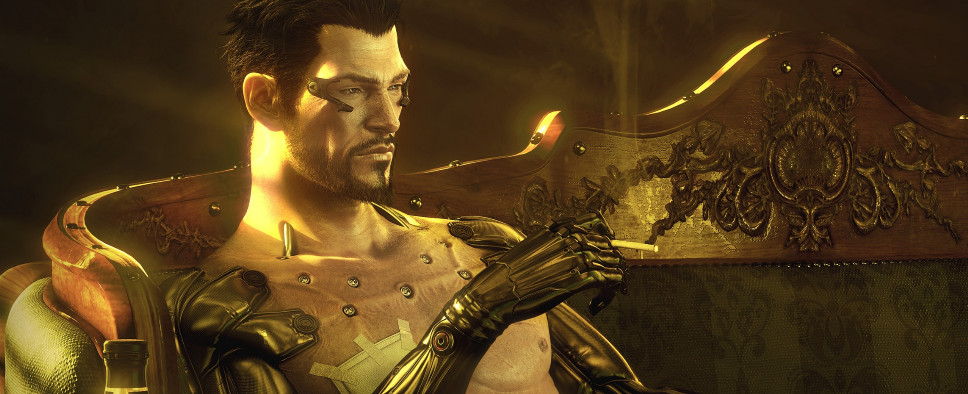Deus Ex: Human Revolution Graphics Study
-
Category: News ArchiveHits: 2785

A technical but very interesting article about the means in which the graphical output from Eidos Montreal's Deus Ex: Human Revolution is rendered onto our screens can be found on the personal blog of Adrian Courrèges, a software engineer that does not appear to be involved with the title in any official capacity. Nevertheless, there's a lot to learn here, and quoting doesn't do the animation-heavy post justice:
To apply a bloom effect, we need to know the set of pixels with a very strong light intensity. Deus Ex HR uses a simple LDR workflow, there is no HDR buffer on which we could apply a bright-pass filter.
But actually, while performing the previous pass, for each mesh an extra information was being outputted to the alpha channel: the emissive intensity of the mesh.
This is enough to create a bloom layer: the idea is to simply apply a Gaussian blur with a large radius. The image is first downscaled to half, then one-fourth of the original size (to make blurring more efficient) and finally blurred.
After we obtain the blur of the bright areas, we simply need to blend it on the top of the original scene. The blending is additive, because we only want to add brightness to some areas, never darken anything.

